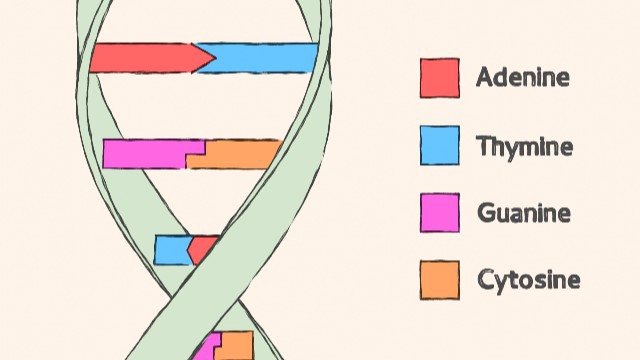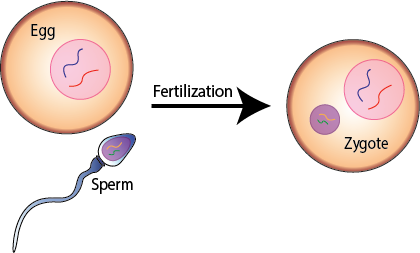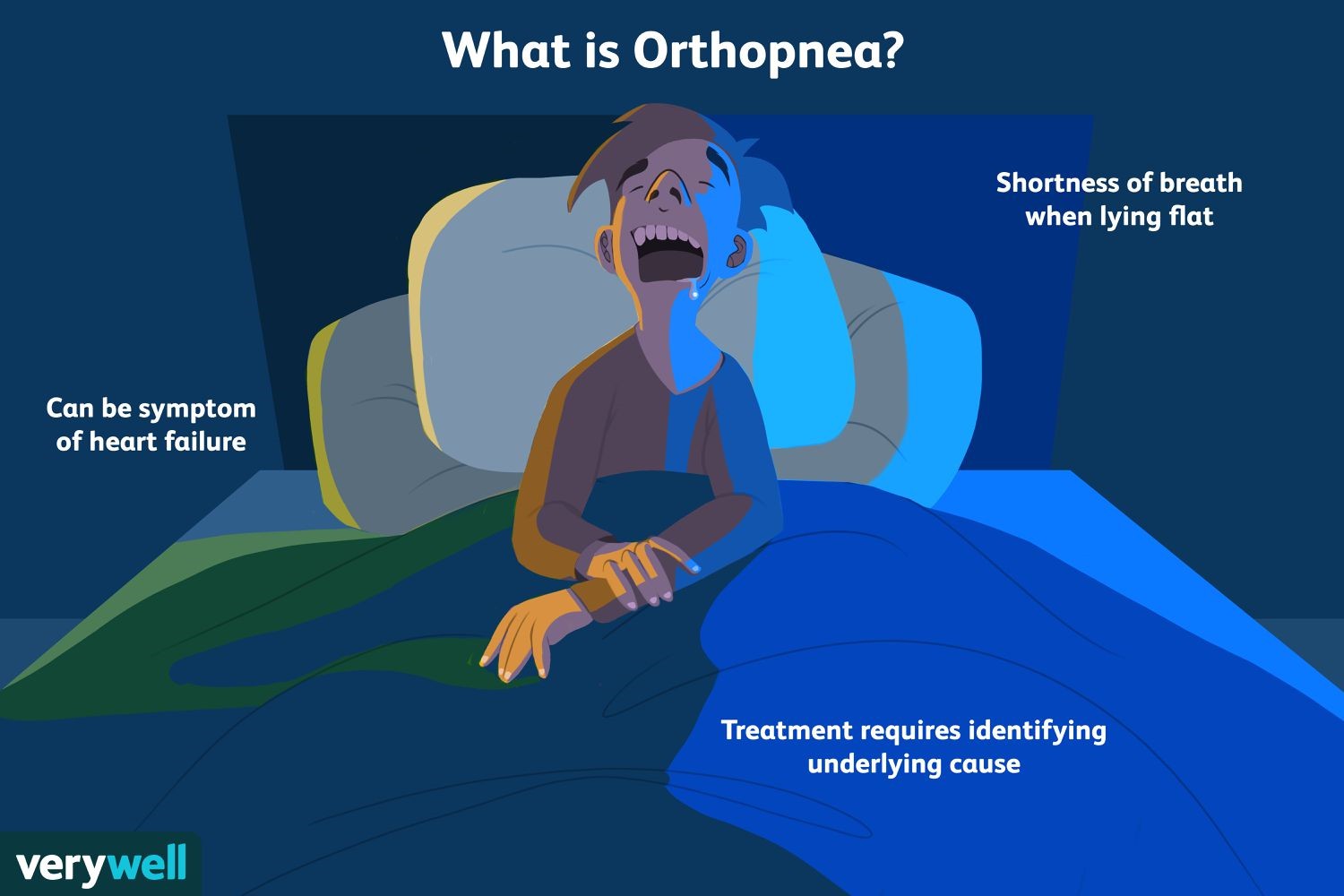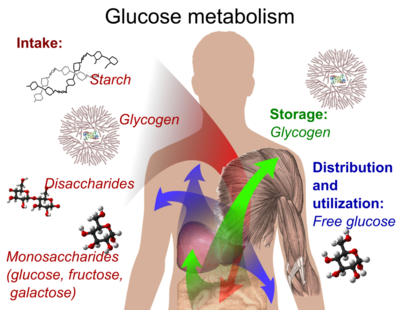What are the four nucleotide bases found in DNA?
A. Adenine, Thymine, Cytosine, Guanine.
B. Adenine, Thymidine, Cytidine, Guanine.
C. Adenosine, Thymine, Cytosine, Guanosine.
D. Adenosine, Thymidine, Cytidine, Guanosine.
These are the four nucleotide bases found in DNA1.

Choice B) Adenine, Thymidine, Cytidine, Guanine is incorrect because Thymidine and Cytidine are not nucleotide bases found in DNA.
Choice C) Adenosine, Thymine, Cytosine, Guanosine is incorrect because Adenosine and Guanosine are not nucleotide bases found in DNA.
Choice D) Adenosine, Thymidine, Cytidine, Guanosine is incorrect because Adenosine, Thymidine and Cytidine are not nucleotide bases found in DNA.
Therefore, the Correct Answer is A.
More Questions on TEAS 7 Science
-
Q #1: What are the four nucleotide bases found in DNA?
A. Adenine, Thymine, Cytosine, Guanine.
B. Adenine, Thymidine, Cytidine, Guanine.
C. Adenosine, Thymine, Cytosine, Guanosine.
D. Adenosine, Thymidine, Cytidine, Guanosine.
Answer Explanation
These are the four nucleotide bases found in DNA1.

Choice B) Adenine, Thymidine, Cytidine, Guanine is incorrect because Thymidine and Cytidine are not nucleotide bases found in DNA.
Choice C) Adenosine, Thymine, Cytosine, Guanosine is incorrect because Adenosine and Guanosine are not nucleotide bases found in DNA.
Choice D) Adenosine, Thymidine, Cytidine, Guanosine is incorrect because Adenosine, Thymidine and Cytidine are not nucleotide bases found in DNA.
-
Q #2: Which process involves the fusion of male and female gametes resulting in the formation of a zygote?
A. Oogenesis.
B. Fertilization.
C. Meiosis.
D. Mitosis.
Answer Explanation
Fertilization.
Fertilization is the process by which male and female gametes fuse to form a zygote.

Oogenesis (choice A) is the process by which female gametes, or eggs, are produced.
Meiosis (choice C) is a type of cell division that results in the formation of gametes.
Mitosis (choice D) is a type of cell division that results in the formation of two identical daughter cells.
-
Q #3: What is the hallmark of adaptive immunity?
A. Rapid recruitment of immune cells to sites of infection and inflammation
B. Antigen-independent defense mechanism
C. Immunologic memory
D. Non-specific host-defense mechanisms .
Answer Explanation
Immunologic memory is the hallmark of adaptive immunity.
Immunologic memory enables the host to mount a more rapid and efficient immune response upon subsequent exposure to the antigen.
Choice A is incorrect because rapid recruitment of immune cells to sites of infection and inflammation is a characteristic of innate immunity.
Choice B is incorrect because antigen-independent defense mechanisms are characteristic of innate immunity.
Choice D is incorrect because non-specific host-defense mechanisms are characteristic of innate immunity.
-
Q #4: Which of the following refers to a condition in which a patient experiences difficulty breathing while lying down, but their breathing improves when they sit up or stand?
A. Orthopnea
B. Hypoxia
C. Tachypnea
D. Bradypnea
Answer Explanation
The correct answer is choice A. Orthopnea.
Orthopnea refers to a condition in which a patient experiences difficulty breathing while lying down, but their breathing improves when they sit up or stand.

Choice B, Hypoxia, is not the correct answer because it refers to a condition in which there is a lack of oxygen supply to the body’s tissues.
Choice C, Tachypnea, is not the correct answer because it refers to rapid breathing.
Choice D, Bradypnea, is not the correct answer because it refers to abnormally slow breathing.
-
Q #5: What is the relationship between viruses and their host cells during replication?
A. Viruses use the host’s replication processes to produce progeny virus particles.
B. Viruses divide inside the host cell to produce progeny virus particles.
C. Viruses have their own replication processes and do not need the host cell.
D. Viruses infect the host cell and destroy it completely.
Answer Explanation
Viruses use the host’s replication processes to produce progeny virus particles.
Viruses are obligate intracellular parasites, meaning that they require a host cell to replicate.
They hijack the host cell’s machinery to produce new virus particles.

Choice B is incorrect because viruses do not divide inside the host cell.
Instead, they use the host cell’s machinery to produce new virus particles.
Choice C is incorrect because viruses do not have their own replication processes and rely on the host cell for replication.
Choice D is incorrect because while some viruses may destroy the host cell during replication, this is not always the case and is not the primary relationship between viruses and their host cells during replication.
-
Q #6: What is the name of the process in which an atom loses or gains electrons to form an ion?
A. Ionization
B. Oxidation
C. Reduction
D. Isotopic decay
Answer Explanation
Ionization is the process in which an atom loses or gains electrons to form an ion.
An ion is an atom or molecule that has a net electrical charge due to the loss or gain of one or more electrons.
Choice B is not the best answer because oxidation refers to the loss of electrons from an atom or molecule.
Choice C is not the best answer because reduction refers to the gain of electrons by an atom or molecule.
Choice D is not the best answer because isotopic decay refers to the process in which an unstable atomic nucleus loses energy by emitting radiation
-
Q #7: Which of the following is an example of a storage form of glucose in the human body?
A. Starch
B. Glycogen
C. Fructose
D. Cellulose
Answer Explanation
Glycogen is the storage form of glucose in the human body.
It is a polysaccharide that is stored primarily in the liver and muscle tissue and can be broken down into glucose when the body needs energy.

Choice A is incorrect because starch is a storage form of glucose in plants, not in the human body.
Choice C is incorrect because fructose is a simple sugar, not a storage form of glucose.
Choice D is incorrect because cellulose is a structural carbohydrate found in plant cell walls, not a storage form of glucose in the human body.
-
Q #8: Which organ in the human body is responsible for the removal of damaged red blood cells and the production of certain types of white blood cells?
A. Spleen
B. Kidneys
C. Pancreas
D. Thyroid gland
Answer Explanation
The correct answer is choice A.
The spleen is an organ in the human body that is responsible for the removal of damaged red blood cells and the production of certain types of white blood cells.
Choice B is incorrect because the kidneys are responsible for filtering waste from the blood and regulating electrolyte balance.
Choice C is incorrect because the pancreas produces hormones and enzymes that aid in digestion.
Choice D is incorrect because the thyroid gland produces hormones that regulate metabolism.
-
Q #9: A nurse is caring for a patient who has been declared brain dead and is awaiting organ donation. Which of the following interventions is most important to preserve the viability of the organs?
A. Administering antibiotics to prevent infection.
B. Maintaining normal body temperature and blood pressure.
C. Providing emotional support to the family members.
D. Applying eye drops and ointment to prevent corneal drying.
Answer Explanation
The correct answer is choice B.
Maintaining normal body temperature and blood pressure.
Early identification and management of potential organ donors must take into consideration specific pathophysiologic changes for medical optimization 1.
The VIPPS (ventilation, infusion and pumping, pharmacological treatment, and specificities) strategy is a mnemonic method that brings together key aspects of the restoration of oxygen delivery to tissues during hemodynamic instability plus organ optimization strategies.
Choice A is incorrect because administering antibiotics to prevent infection is not the most important intervention to preserve organ viability.
Choice C is incorrect because providing emotional support to family members, while important, is not an intervention that directly affects organ viability.
Choice D is incorrect because applying eye drops and ointment to prevent corneal drying is not the most important intervention to preserve organ viability.
-
Q #10: What is the function of inflammatory cytokines released during the early response to bacterial infection?
A. Enhancing the phagocytosis of pathogens and disrupting the infection
B. Attacking invading pathogens
C. Initiating cell recruitment and local inflammation
D. Secreting antibodies to neutralize pathogens .
Answer Explanation
Inflammatory cytokines released during the early response to bacterial infection play a crucial role in initiating cell recruitment and local inflammation 1.
They induce the expression of adhesion molecules in endothelial cells and promote the recruitment of neutrophils to the site of inflammation 1.

Choice A is incorrect because while inflammatory cytokines may enhance phagocytosis, they do not directly disrupt the infection.
Choice B is incorrect because inflammatory cytokines do not directly attack invading pathogens.
Choice D is incorrect because inflammatory cytokines do not secrete antibodies to neutralize pathogens.
Free Access on TEAS 7 Exams and Study Notes
- Access to all TEAS 7 Exams
- Performance Tracking and Analysis
- Well Documented and Explained Questions and Answers
- 2000+ Questions and Correct Answers: Answers Well Explained
- Libary of Detailed StudyNotes
- Topical Questions and Answers on Examinable topics
TEAS 7 Exams (Q&A)
TEAS 7 Study Notes
TEAS 7 Topical Tests

TEAS 7 Study Guides
Quick Links
Refer a Friend
Refer a friend and claim free unlimited access

© 2024 ExamGates Made with by ExamGates
